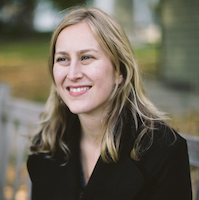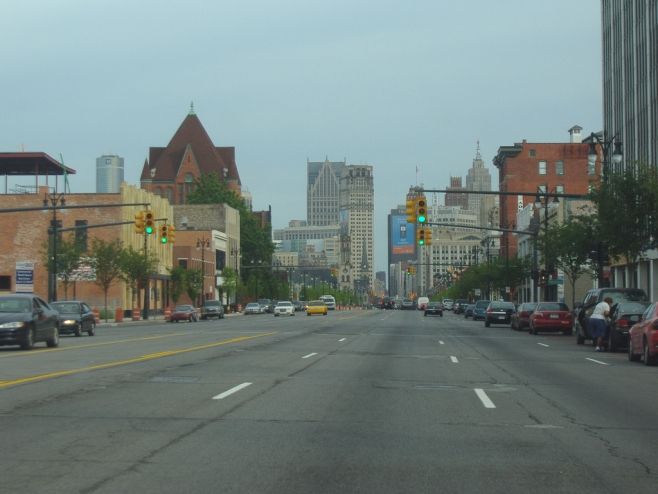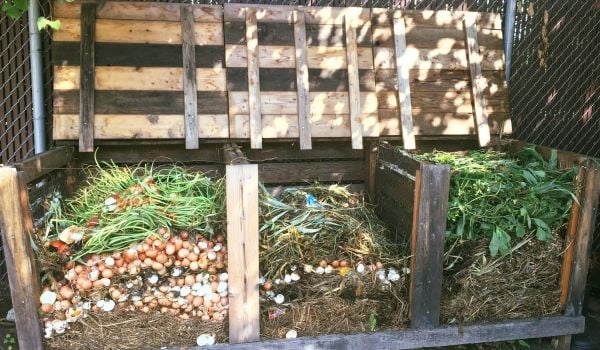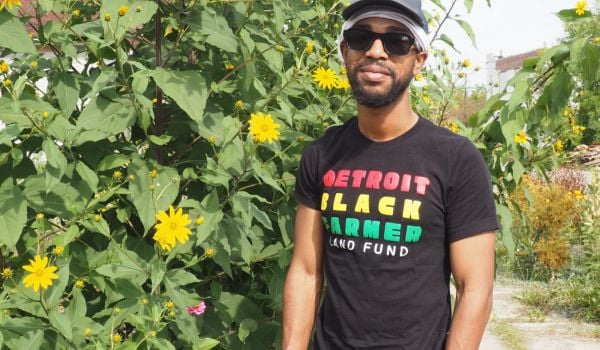This piece originally ran in September 2011.
Over the past two decades, Living Cities has invested nearly $1 billion in American cities; most recently the organization has focused its efforts and funds on five cities through a program called The Integration Initiative. According to Living Cities, “The Integration Initiative supports cities that are harnessing existing momentum and leadership for change, overhauling long obsolete systems and fundamentally reshaping communities and policies to meet the needs of low-income residents.” In 2010, Detroit was chosen as one of the Integration Initiative sites. It will receive $2.75 million in grants, $4 million in flexible debt, and $15 million in commercial debt from Living Cities members to improve safety, schools, employment, small business opportunities and a host of other aspects of the city’s built environment.
Rip Rapson is the President of the Kresge Foundation and a member of Living Cities’ board. Kresge’s funding in metropolitan Detroit has lead to advances in arts and culture, education, entrepreneurship development, building the green economy, transportation reform, and perhaps most controversially, in land-use reform. He talked with Next American City about the Integration Initiative, innovation in anchor institutions and where Detroit is headed over the next 20 years.
Why is the Integration Initiative the right approach for Detroit’s challenges right now?
I think there are three reasons. First, it sends a very clear message to the people who have been working in the trenches that national philanthropic, financial and governmental agencies are concerned about the city’s plight and want to be helpful. Second, the Initiative frees up capital that the local community may not have access to, whether that’s from CDFI (Community Development Financial Institutions) funds, national lending institutions or grantmaking institutions. And third, it builds on a suite of preexisting efforts in Detroit that are emblematic of the kind of work across disciplines and private and public systems that will be vital to the growth of our communities.
The Integration Initiative is holistic in its approach to improving Detroit, but is there a particular project or program that you think that will be integral to its success?
The Integration Initiative has tried to pursue both the broad imperative of improving the lives of low-income people in Detroit and the more targeted aim of tying together residential investment, human services, and job training with transportation improvements and economic development. For that kind of work to be effective, you need strong, vibrant, visionary intermediaries. In Detroit we’ve had such an intermediary in Midtown Detroit, Inc. Like many nonprofit organizations, Midtown Detroit has long had to scratch for its next dollar and stitch together a maddenly-diverse set of funds to do its work. The Integration Initiative is investing in Midtown Detroit to provide it with the stability and resilience it needs; I think that will make a profound difference in a whole suite of projects – from residential development to transit-oriented development to economic development.
Detroit is seen by many as an urban laboratory – a place where anything can be tested out. A lot of attention has been placed on the vibrant arts and urban agriculture scenes. What experiments are not getting the attention they deserve?
I, too, have fallen into the trap of talking about Detroit as a laboratory. It’s important that we bear in mind, though, that we’re talking about people’s lives not a Petri dish; we need to be careful how we think about the proposition.
Perhaps the most surprising element of innovation and experimentation in Detroit is the role of anchor institutions. The area’s two medical centers – the Henry Ford Medical Center and Detroit Medical Center – are expanding. Together with Wayne State University, they are providing financial incentives to encourage staff to live in the adjacent neighborhoods. They are seeking to purchase goods and services from within the City. They are promoting the hiring of neighborhood residents. We’re trying to get cultural institutions to do the same. Omar Blaik of U3 Ventures, who was instrumental University of Pennsylvania’s community development work in West Philadelphia, has said he thinks it is the most important anchor institution work being done in America right now.
Not unrelated, we are building an innovation cluster in the Midtown area. The effort began with early funding from The New Economy Initiative for Southeast Michigan to promote the kind of broad training and supports necessary to seed entrepreneurial activity. We’ve built on those early investments by fostering social innovation centers, building out spaces for small business, developing creative business accelerators, and pursuing a number of other strategies to grow businesses in the heart of the City. All of this is anchored by Tech Town, the largest urban incubator in the world.
Twenty years from now, what do you think people will say about this turning point in Detroit? What will you remain proud of and what do you think will have people scratching their heads?
I think they’ll scratch their heads over two things. First, how it was possible for a major American city to have dug such a deep hole — financially, administratively and in so many other dimensions. And second, how getting out of that hole happened so quickly.
Looking back, they’ll see that the current period presented a remarkable moment of inflection in which multiple sectors agreed to collaborate for a common outcome. What we’re experiencing here that’s different from, say Pittsburgh or Portland, where the leadership was largely coming out of the private sector, is a different allocation of roles among the sectors. The public sector is attending to the basics – finance, administration, neighborhood blight. The private sector is contributing to the physical infrastructure necessary to make the City an attractive place for its employees to live and work. The federal government is focused on optimizing pre-existing investments – introducing flexibility in ways that permits the City to use federal dollars more flexibly and creatively. And the philanthropic sector has developed a wrap-around vision for the city – everything from transportation reform to a more robust arts and culture ecosystem, from a green economy to an anchor institution community engagement strategy. No one of those sectors could do it alone. I think we’ll be able to conclude in retrospect that this remarkable cross-sector and cross-discipline approach was the key to overcoming Detroit’s most intractable problems.

Diana Lind is the former executive director and editor in chief of Next City.




_600_350_80_s_c1.JPEG)











